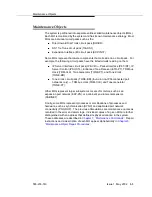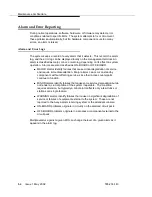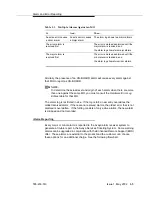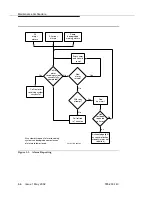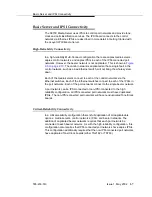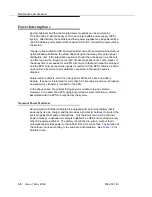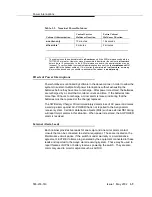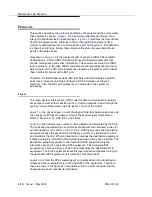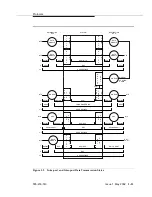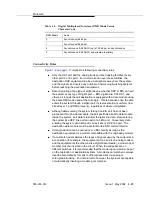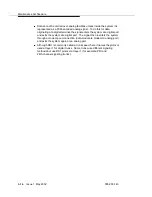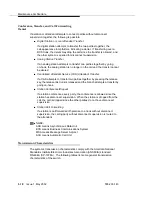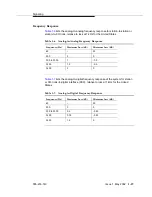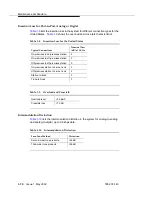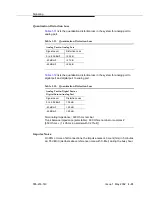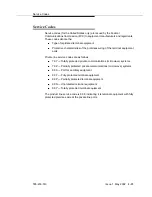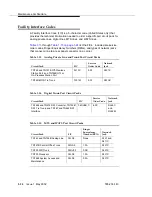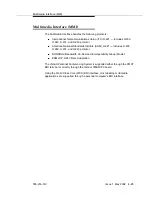
Signaling
Issue 1 May 2002
1-17
555-233-143
Signaling
This section describes disconnect supervision and transmission characteristics.
Disconnect Supervision
Disconnect supervision means the CO has the ability to release a trunk when the
party at the CO disconnects and the system is able to recognize the release
signal. In general, a CO in the United States provides disconnect supervision for
incoming calls but not for outgoing calls. Many other countries do not provide
disconnect supervision for either incoming or outgoing calls.
The system must provide the assurance that at least one party on the call can
control dropping the call. This avoids locking up circuits on a call where no party
is able to send a disconnect signal to the system. Internal operations must check
to be sure one party can provide disconnect supervision. An incoming trunk that
does not provide disconnect supervision is not allowed to terminate to an outgoing
trunk that does not provide disconnect supervision.
In a DCS environment, an incoming trunk without disconnect supervision can
terminate to an outgoing DCS trunk connecting two nodes. The incoming trunk is
restricted from being transferred to a party without disconnect supervision on the
terminating node. This is because, through messaging, the terminating node
knows the originating node cannot provide disconnect supervision. This
messaging is not possible with non-DCS tie trunks, and the direct call is denied.
Some 2-wire loop start trunks outside the United States provide busy tone
disconnect in place of line signals. For these trunks, an adjunct can be attached
to the trunk to listen for busy or other disconnect tone. When a tone is detected,
the adjunct sends line signals for disconnect to the system.
Administration is provided for each trunk group to indicate whether it provides
disconnect supervision for incoming calls and for outgoing calls.
Transfer on Ringing
A station or attendant may conference in a ringing station or transfer a party to a
ringing station. When a station conferences in a ringing station and then drops
the call, the ringing station is treated like a party without disconnect supervision.
However, when a station transfers a party to a ringing station, the ringing station
party is treated like a party with disconnect supervision. Two timers (Attendant
Return Call Timer and Wait Answer Supervision Timer) are provided to ensure the
call is not locked to a ringing station.
Summary of Contents for S8700 Series
Page 50: ...Maintenance Architecture 555 233 143 1 26 Issue 1 May 2002 ...
Page 74: ...Initialization and Recovery 555 233 143 3 12 Issue 1 May 2002 ...
Page 186: ...Alarms Errors and Troubleshooting 555 233 143 4 112 Issue 1 May 2002 ...
Page 232: ...Additional Maintenance Procedures 555 233 143 5 46 Issue 1 May 2002 ...
Page 635: ...status psa Issue 1 May 2002 7 379 555 233 143 status psa See status tti on page 7 406 ...
Page 722: ...Maintenance Commands 555 233 143 7 466 Issue 1 May 2002 ...

